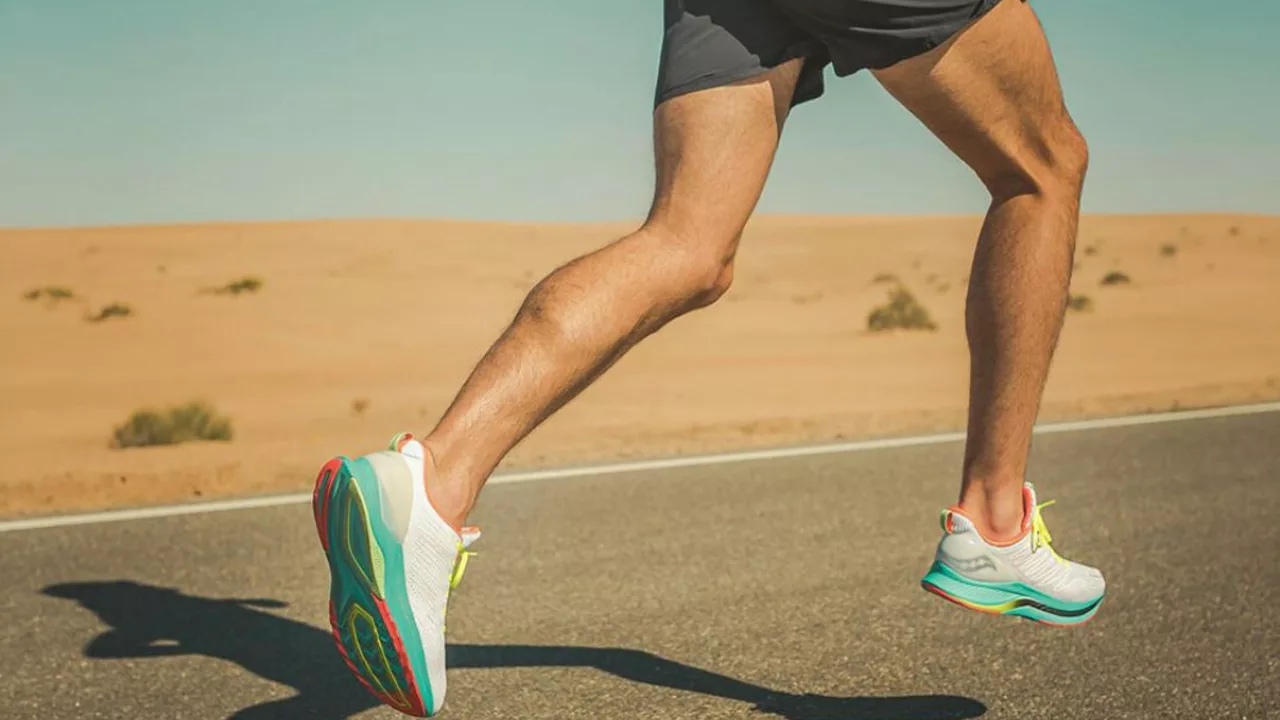Pros and Cons of Running in Cleats – What You Need to Know
Ever wondered if those spiky shoes you see on the field are worth trying on your own runs? Running in cleats can feel like a power boost, especially when you need extra grip. But the same spikes that give you traction can also cause discomfort if you’re not careful. This guide breaks down the real advantages and the hidden downsides so you can decide whether to lace up a pair for your next workout.
When Cleats Give You an Edge
First off, cleats shine on surfaces that are slick or uneven. Grass fields, turf, and even soft soil become much safer because the spikes dig in, preventing slippery slips. That added grip lets you push off harder, change direction faster, and keep your stride steady when the ground is tricky. If you play soccer, rugby, or even do sprint drills on a grass pitch, the extra traction can translate to quicker sprints and sharper cuts.
Another perk is stability. The wide base created by multiple cleats spreads the pressure across your foot, which can feel more supportive during lateral moves. For athletes who do a lot of side‑to‑side shuffling or sudden pivots, that stability can reduce the chance of ankle rolls. Many runners also notice they can maintain a more consistent pace on a slick field because they’re not constantly fighting to stay upright.
When Cleats Can Hold You Back
Now for the flip side. Cleats are built for specific surfaces, so they’re not versatile. Swap them onto a concrete sidewalk or a gym floor and you’ll feel the difference instantly—your feet will slip, the spikes will dig into the surface, and you risk bruising your soles. That means you need a dedicated pair just for field‑type runs, which adds cost and storage hassle.
Comfort can also become an issue. The pressure points created by the spikes might feel fine at first, but after a longer run they can irritate the arch or the toes. Some runners develop blisters or soreness around the ankle because the cleats limit natural foot movement. If you already have foot problems, the rigid design can exacerbate them, leading to more serious injuries over time.
Lastly, the risk of injury isn’t zero. While cleats improve grip, they also can catch on uneven ground, causing sudden twists. That’s why many coaches recommend using them only for short sprints or drills, not for extended distance runs. If you’re new to cleats, start with short sessions, pay attention to any pain, and gradually increase the time you spend in them.
Bottom line: cleats are a handy tool for specific workouts that need extra traction and stability, especially on grass or turf. But they’re not a one‑size‑fits‑all running shoe. Weigh the surface you’ll train on, your foot health, and how long you plan to run before deciding. Have you tried a pair yet? Share your experience in the comments and let the community help you pick the right fit.
